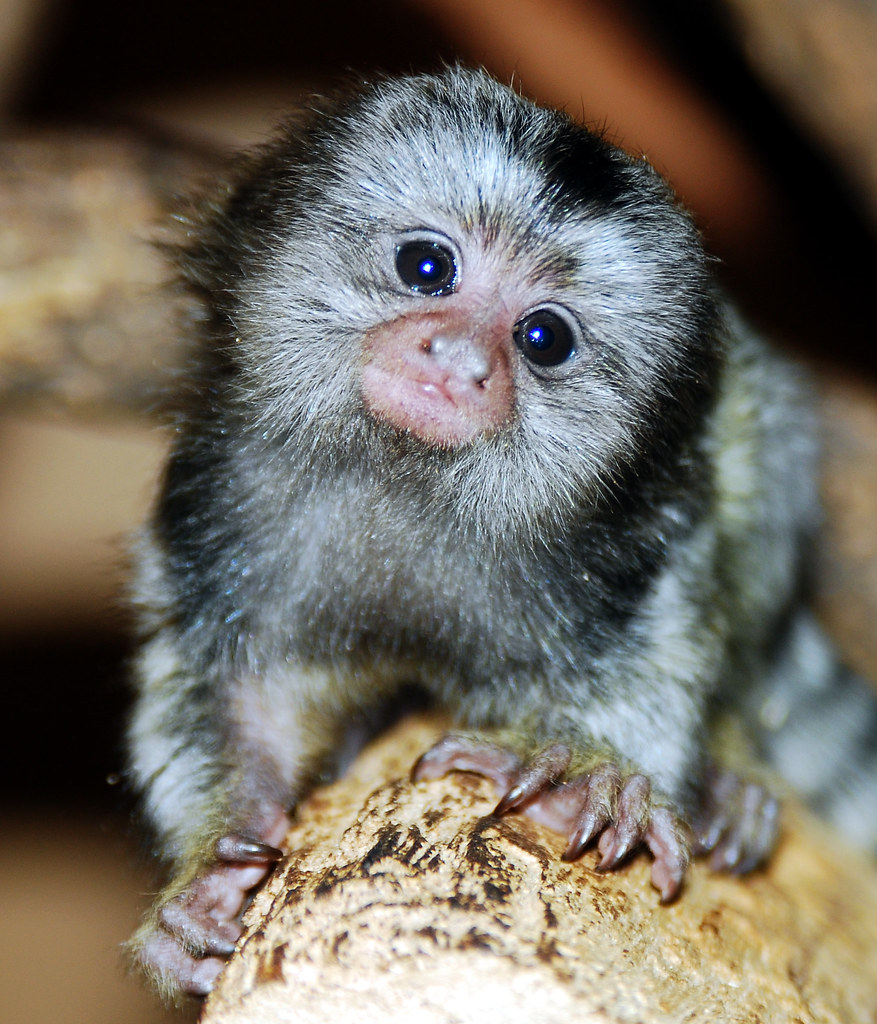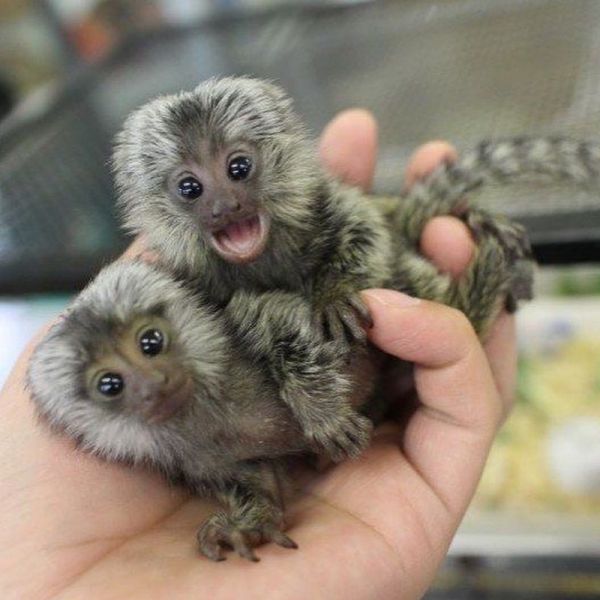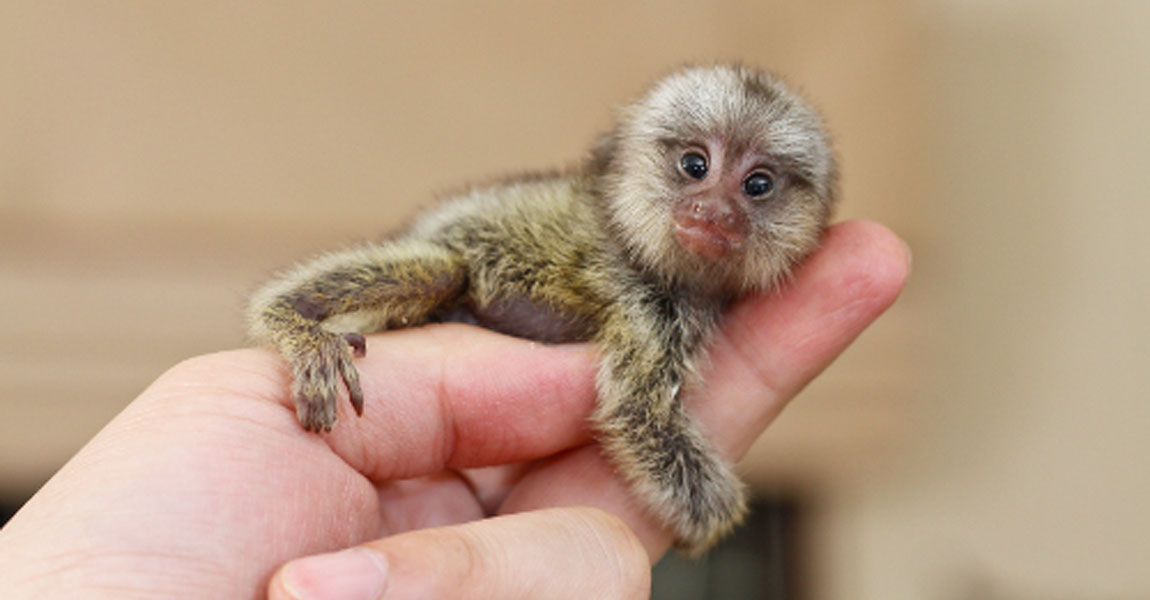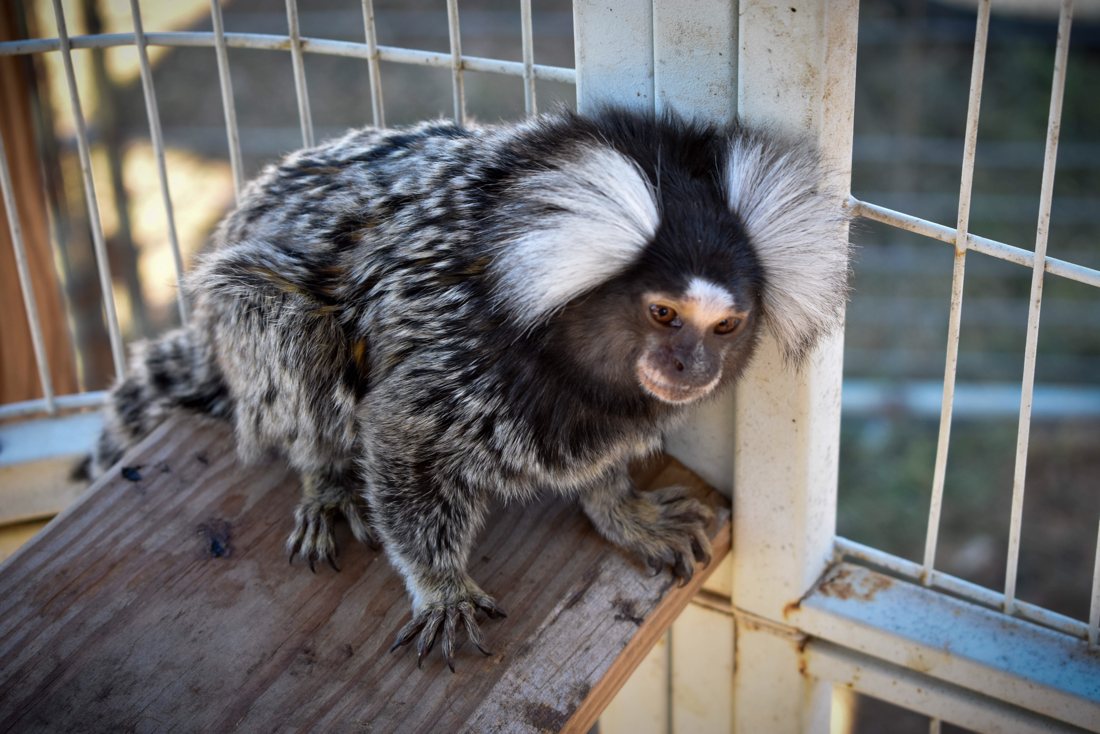First Class Tips About How To Look After A Marmoset Monkey

Most of these are common marmosets, but we also see geoffroy's.
How to look after a marmoset monkey. Marmoset monkeys are the most commonly kept and traded species of primate. Pygmy marmoset, commonly called as finger monkey or pocket monkey, is a unique species found in the rainforests of eastern ecuador, brazil, southeastern. How to diaper a monkey march 1, 2015 5:45 am amongst primate owners, the most commonly known method of diapering is the tail hole method but more and more primate.
Geoffroy's marmosets are part of the callitrichidae family, which they share with marmosets and tamarins. Marmoset monkeys or squirrel monkeys are common names used to refer to many species of. Tamarin babies carry their tail tightly curled when healthy;
They’re frequently sold as pets, but there are also thriving. Life as a marmoset monkey. Marmoset monkeys do not make good pets for a wide range of reasons.
In this guide, we’ll break down why marmoset. How to look after a marmoset monkey tips for cleaning your marmoset's enclosure to maintain a clean enclosure, it's important to perform daily spot cleaning. They can be sexed by examining the genitalia.
Saimiri sciureus and more than 50 species divided into 5 groups. This video contains all the details of marmoset monkey height & weight dietbreedingcage sizecage setupliving temperature*****subscribe now****. From the lush amazon rainforests to the arid caatinga scrubs of northeastern brazil, miniature marmoset monkeys swing through diverse new world landscapes.
What is a pygmy marmoset? Reproduction look at the picture below to see the difference between a male or a female. If the tail is straight and limp, the baby is in trouble.
They are the smallest species of monkey and one of the tiniest. Keeping marmosets as pets. They live in small groups and the females are able to give.
The general answer is, unfortunately, no. Pygmy marmosets are also referred to as pocket monkeys, finger monkeys, or both. Marmoset babies hold their tails tightly against the parents' bodies.


















